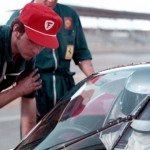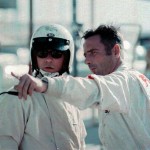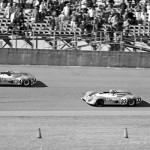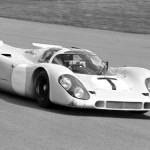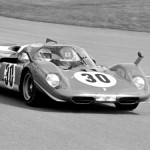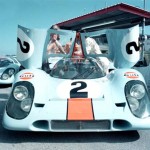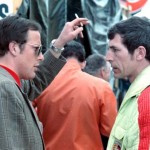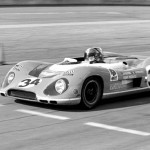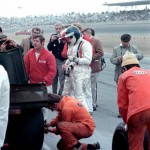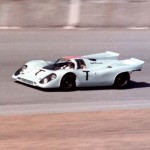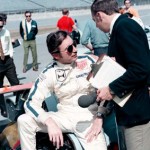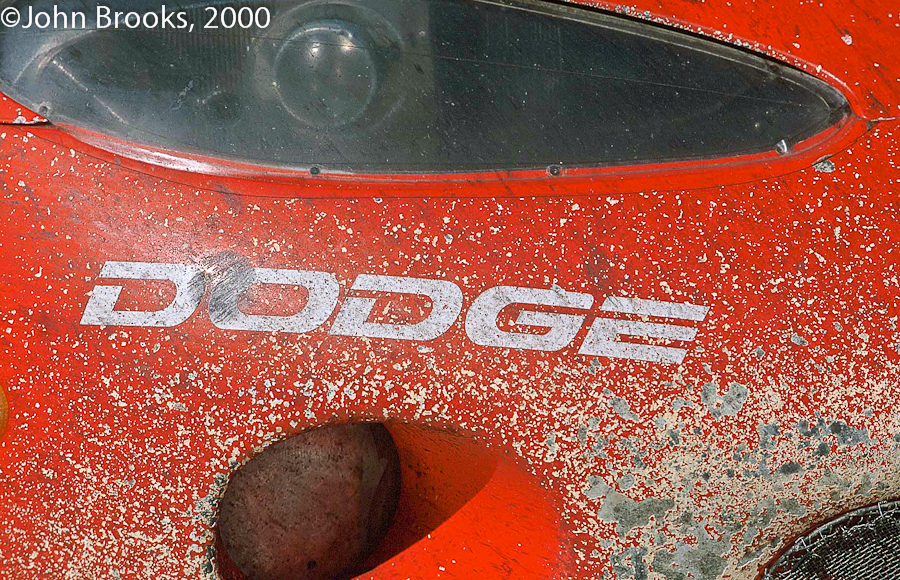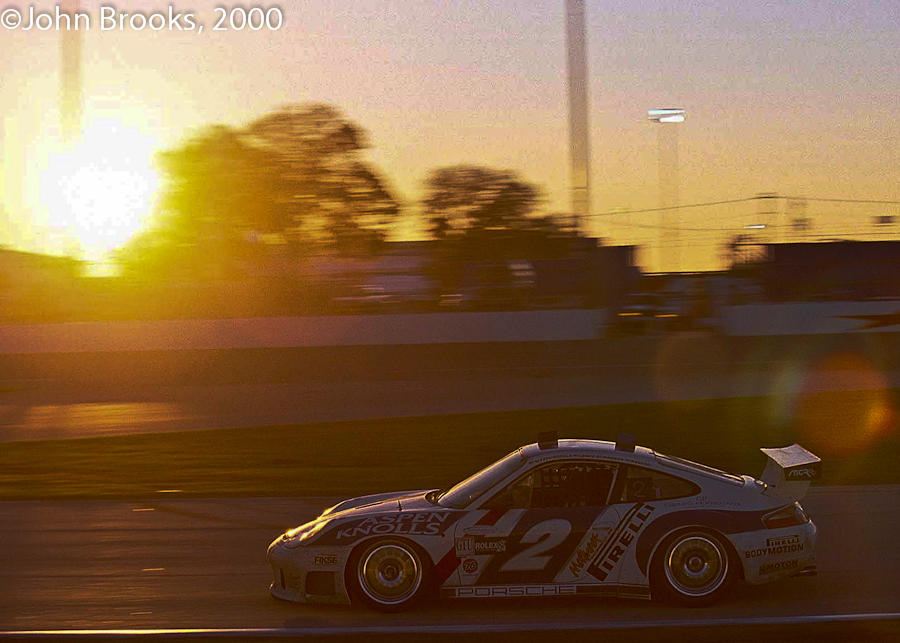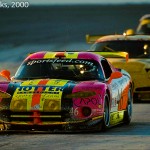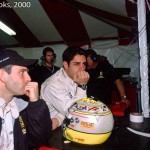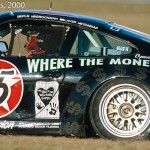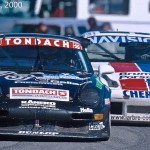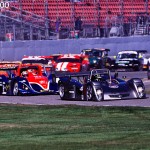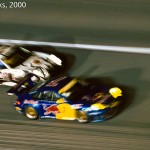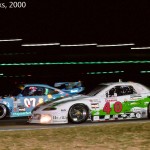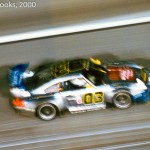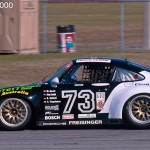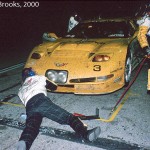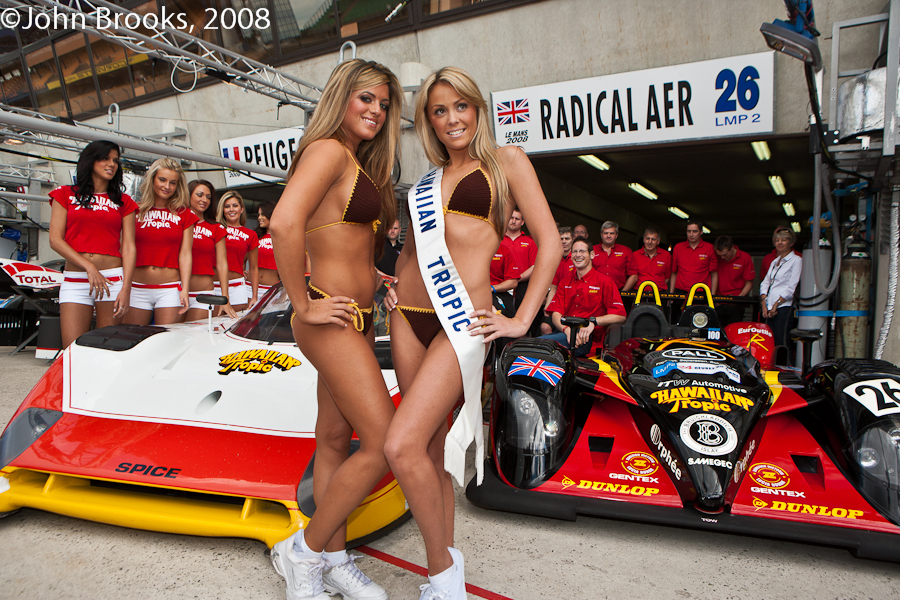
The internet has for the most part been beneficial to me. It allows me to conduct what passes for my business in some sort of order and it has introduced me to many good people around the globe. It is also the biggest time waster invented since bureaucrats crawled out of the swamps in Jurassic times, but I digress.

Michael Keyser is someone who should be familiar to sportscar fans, especially the more fanatical amongst you. Real anoraks will recall him winning the 1976 Sebring 12 Hours with Al Holbert, well the few that were sober at that particular event. As the doyen of chassis plate fondlers, Janos Wimpffen, describes the scene in his epic work Time and Two Seats.
“None of the on-track incidents were as thrilling as those of the notorious Green Park spectator area. Several large bonfires had been started, wild parties were in full swing, and one section by Turn Seven had been taken over by a motorcycle gang. In full view of the passing race cars, a woman mounted a bike and performed a striptease. Needless to say, lap times slowed considerably.”

Typical of me to miss fun like that, still ’76 was the long, hot summer of James Hunt and I am sure that he would have enjoyed racing in such conditions. I certainly have some vague memories of a few wild days myself that year, it was the spirit of the time, but perhaps I imagined it all.

Michael Keyser is also known for his work as an author and film maker, in particular “A French Kiss With Death” about Steve McQueen and the making of the movie Le Mans.
Le Mans is certainly a candidate for the Oscar awarded to maddest film ever conceived. No plot to speak of, no dialogue really and obsessively focused on a race that most the audience had never heard of. It was a commercial disaster when released but since has grown to achieve cult status. Partly this is a consequence of the purity of the production, no CGI and McQueen’s insistence on emulating real racing from the time rather than allowing a Hollywood blockbuster approach.

Perhaps the greatest appeal lies in the cast of cars, Porsche 917s and Ferrari 512s, surely some of the most evocative racers ever run. Like racing dragonflies they emerged in mid-69 and were gone by ’71. A golden time immortalised on screen, we can all be young again while drinking at this fountain of youth.

Steve McQueen was the coolest guy on the planet when he started making the film, he had just enjoyed huge success with Bullitt and here were the coolest cars, at the coolest race. What could go wrong?

Well that answer to that question judged in the long term, is not much. That is why the original book about the film sold so well, that and the fact it is a well researched and written account.

Les Vingt-Quatre Heures du Mans tends to attract obsessives and Hollywood’s version of the race receives similar attention, hence the raison d’être of this photo book. It is produced to the usual high standard associated with any Michael Keyser project. For those interested in the movie and its background, these images will add to their understanding and enjoyment of the film.

The majority of the shots were taken by the great photographer, Nigel Snowden. I was lucky enough to meet him in my early days trackside. He and his charming wife, Diana, were always very gracious to a complete no hoper like myself. The monochrome images have a depth to them that reflects a master at work. Despite what many of the up and comers of today imagine, there is nothing new in the world of photography. Composition, the ability to see the finished product before firing the shutter, is as important today as it always has been. The images in this book could act as a guide to many, of course they are too talented to see that.

The whole story of the process of making the film is covered from the planned mayhem inflicted on two Lola T70s, disguised as a 917 and a 512.

Art imitates life and as with real racing back then, there were unplanned accidents, this one costing David Piper his leg.
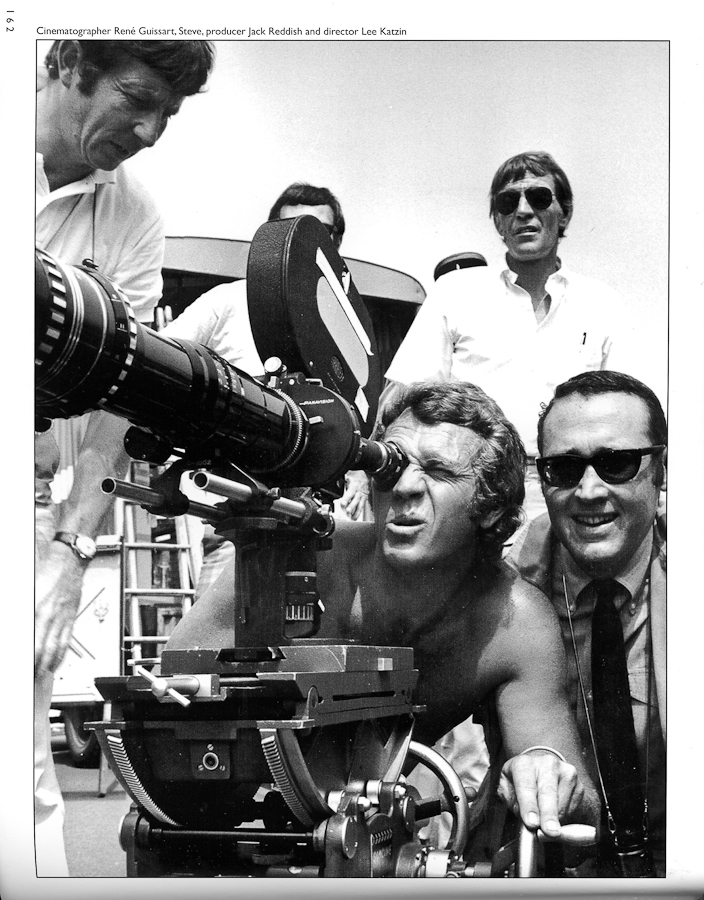
Perhaps the question is why should you buy this book ? That almost answers itself. Anyone who has more than a passing interest in the McQueen epic will enjoy this book, it has integrity and is a faithful depiction of the greatest movie ever made, or likely to be made, about the sport.

And who can resist this iconic, very British gesture, The Longbowman Salute? We have been winding up the French with it since Agincourt. Clearly Steve was one of us………………..
Those who might like to purchase a copy of this book can do so HERE
Apologies for the poor quality of the scans,
John Brooks, January 2012










